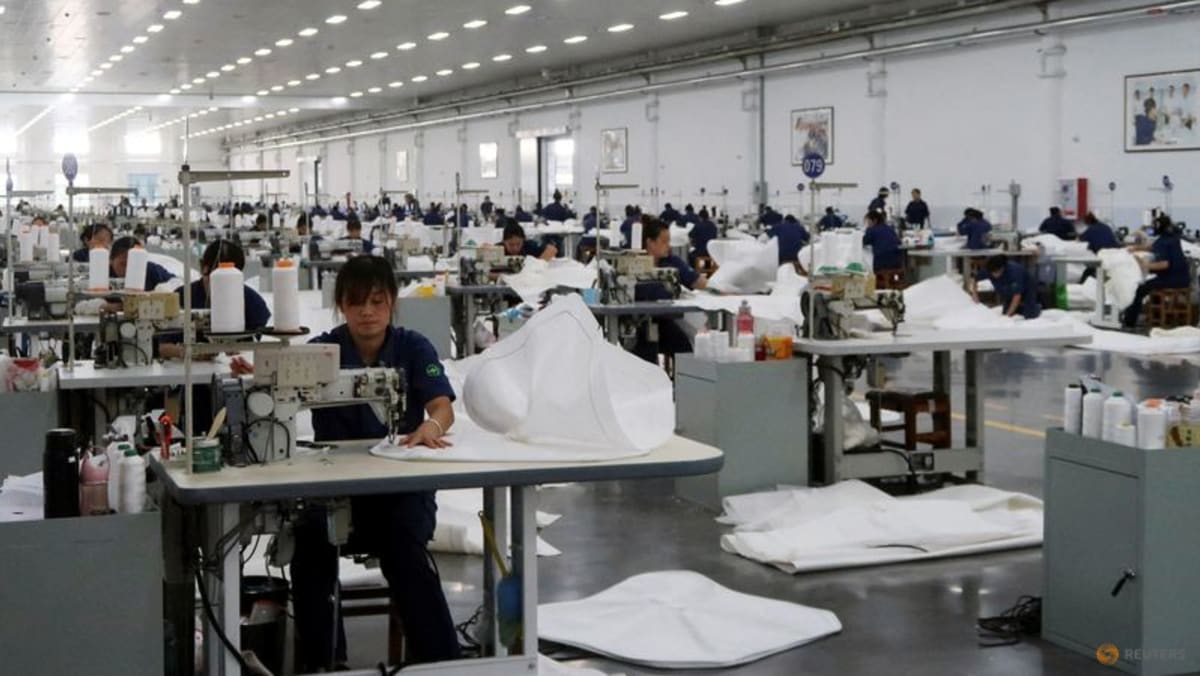However, Minesh Pore, CEO of the Chinese brand-to-factory sourcing platform BuyHive, said major retailers are finding it tough to “sell” China to the US public. Travel restrictions, he added, have made it harder for brands and suppliers to meet and connect.
According to Pore, Chinese sellers are routing goods through third countries in Latin America and other parts of Asia. And analysts expect those third-country routes to keep US-bound Chinese exports resilient in the years ahead.
Some Chinese factories have set up shop in Mexico to secure overseas orders, and their shipments from Mexico avoid US import tariffs aimed at China. The Latin American country bordering the US exported US$356 billion worth of goods to the American market in the first 10 months of 2023, official US data shows.
Vietnam is another key conduit to the US, and a manufacturing rival of China. The country’s factories primarily export clothing, shoes and consumer electronics.
China registered 94.9 per cent more direct investment in Vietnam in the first nine months of this year than during the same period of 2022, according to the Southeast Asian country’s Ministry of Planning and Investment.
“It’s remarkable how strong (China) has been despite all the efforts to bring it down,” said Jayant Menon, a senior fellow at the ISEAS-Yusof Ishak Institute in Singapore.
The share of American imports from China has technically dropped from about 22 per cent of the total just before the trade dispute to around 14 per cent today, Beddor said. But “in practice”, he said, the decline has been less steep.
“Despite progress from Mexico, Canada and Vietnam in supplying consumer goods to the US, it’s important to note that China maintains its leading position as the primary source of American imports in this sector,” said Nathan Chow, a senior economist with DBS.
For AliExpress, an online retail service of Chinese e-commerce giant Alibaba, its sales “saw positive growth” on the most recent Black Friday – among the busiest US shopping day each year, taking place immediately after the Thanksgiving holiday when many Americans are off work.
A spokesman for the retailer said toys, computer and office supplies, household appliances and furniture were among the top-selling categories. Alibaba owns the South China Morning Post.
Black Friday spending rose nearly 8 per cent, year on year, to about US$10 billion, according to US-based Clarkson Consulting, which attributed the gain to shoppers’ relief over the falling prices of daily expenses such as petrol.
And on Nov 27 – a day of e-commerce discounts known as Cyber Monday, three days after Black Friday – total spending reached US$12.4 billion, up 9.6 per cent year on year, according to Adobe Analytics.
Analysts say that the stability of the US economy has put Chinese exports on solid footing this year. According to The Conference Board think tank, the US economy should grow 2.4 per cent in 2023, year on year, up from 2.1 per cent in 2022.
This article was first published on SCMP.

